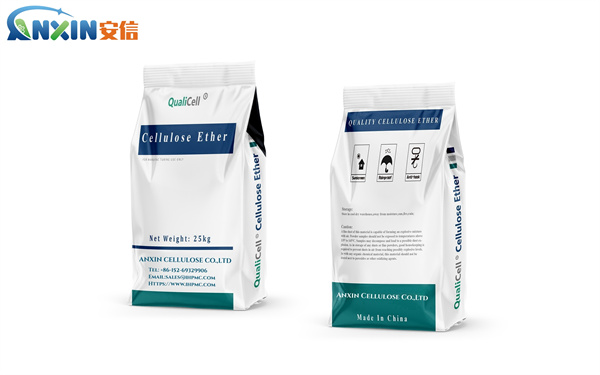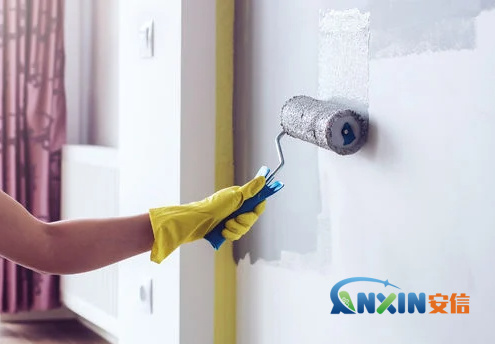Hydroxypropyl Methylcellulose (HPMC) is a nonionic cellulose ether widely used in building materials, coatings, medicine, food and other fields, especially in coating formulations due to its excellent physical and chemical properties. HPMC plays a significant role in controlling the viscosity of coatings, and its performance and uses make it one of the indispensable additives in the modern coatings industry.

HPMC has a good thickening effect. It can quickly dissolve in water and form a uniform colloidal solution, effectively increasing the viscosity of the coating system. The viscosity of the coating is an important factor in determining its construction performance, storage stability and film quality. By adjusting the amount of HPMC added, the rheological properties of the coating can be accurately controlled, thereby improving the brushing, roller coating or spraying performance during the construction process, so that the coating can show good spreadability and adhesion under different construction methods, avoiding problems such as sagging and dripping.
HPMC has good rheological adjustment ability. In the coating system, HPMC molecules can form a network structure, enhance the structural viscosity and yield value of the system, make the coating have a higher viscosity in a static state, and help prevent the sedimentation of pigments and fillers; in a shear state (such as stirring and brushing), it shows good shear thinning performance, reduces viscosity, and facilitates construction operations. This “pseudoplastic” rheological property makes the coating easier to apply, and the viscosity can be quickly restored after application, which is conducive to the consistency and flatness of the film.
The thermal gelation property of HPMC also helps to control the viscosity of the coating. When the temperature rises, the aqueous solution of HPMC will show thermal gelation, which is particularly useful in high-temperature construction environments. It can prevent the coating from being too fluid under high temperature conditions to a certain extent, thereby maintaining a suitable coating thickness. In addition, HPMC has a strong ability to retain water, which can reduce the rate of water evaporation in the coating during the drying process, help improve the drying uniformity of the coating film, and prevent cracking and peeling.
The degree of substitution (DS) and molar substitution (MS) of HPMC also have an important influence on its thickening effect. HPMC with different substitution degrees behaves differently in solubility, solution viscosity, salt resistance and temperature stability, so the appropriate type of HPMC product can be selected according to the specific formulation requirements of the coating. For example, for interior wall latex paint, medium viscosity HPMC is usually selected to obtain good brushability and film-forming properties; while in some high-performance building exterior wall paints, high viscosity HPMC may be selected to enhance anti-sagging ability.

HPMC also plays a positive role in the dispersion stability of pigments and fillers. By increasing the viscosity of the system and forming a stable three-dimensional network structure, HPMC can effectively prevent the aggregation and sedimentation of particles, thereby improving the storage stability of the coating and extending its shelf life. This not only helps to improve the use efficiency of the product, but also reduces the occurrence of quality problems such as delamination and agglomeration.
As a key additive in the coating system, HPMC has multiple advantages in regulating and controlling the viscosity of the coating: it not only provides ideal thickening, but also improves the construction performance and film-forming quality, and enhances the storage stability and environmental adaptability of the coating. As the coatings industry’s requirements for environmental protection, construction performance and coating film quality continue to increase, the application prospects of HPMC will become broader, and its importance in future coating formulations will become increasingly prominent.
Post time: Apr-19-2025